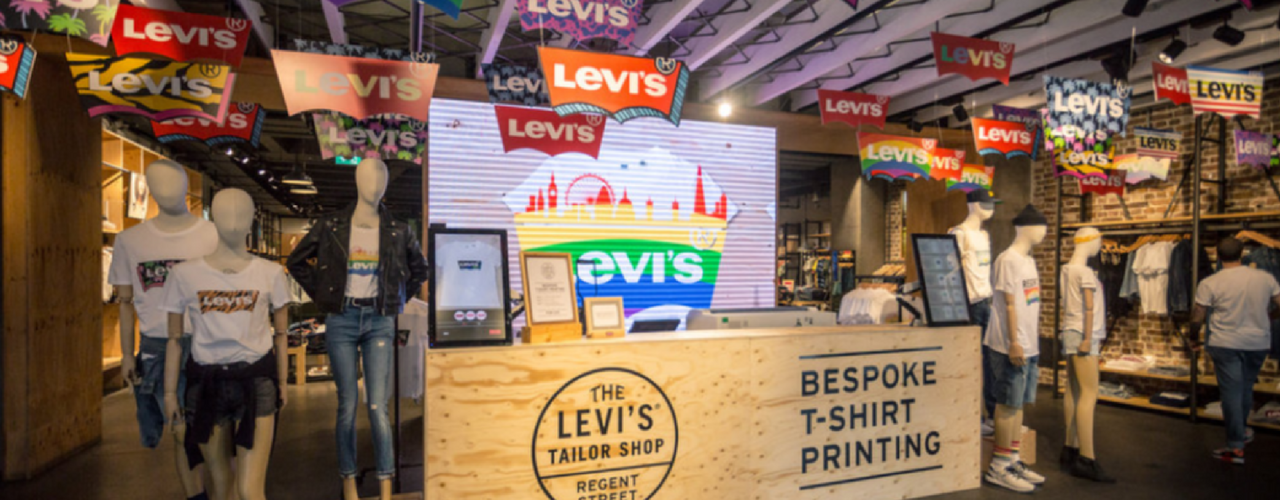4 Key Differences Between Millennials and Gen-Z
“What is the difference between Millennials and Gen-Z?” That’s a question that has left many marketers scratching their heads. There are differences between the two generations. Big ones, in fact. Marketers need to be conscious of these discrepancies because even though Millennials seem to be the hot topic of conversation, Generation Z is growing their presence and influence. Currently, Gen-Z possess a buying power of $44 billion a year, and they will account for 40% of all consumers by 2020.
Experts say that when it comes to Gen-Z, marketers aren’t going to be able to target them as one homogenous group. So if it’s not smart to bunch Gen-Z together, it’ll be out right foolish to target them with Millennials. Here are the 4 key differences between the two generations that can help you make the right distinctions when targeting these groups.
Gen-Z is More Individualistic and Creative
Gen-Z is social, and they pride themselves on this uniqueness and their collective ability to create change.They’re also not fans of societal norms. In fact, the only norm they conform to is their generation’s tradition of embracing what makes them different from it. They defy gender norms, racial inequality, and any other social construct that attempts to box them in. Everything about Gen-Z screams individuality. And as they claim their independence from what the world wants them to be, they are constantly on the hunt for new artistic and creative ways to express that independence.
Now, why should this matter to you? Well, these young adults are more likely to engage with companies that align with their values and urge to be creative. Marketers should capitalize on opportunities to tap into Gen-Z’s passion of individuality and creativity.
Gen-Z is Less Price Sensitive
Millennials watched their parents run the world bankrupt and then forced them to deal with the ruins. Generation Y knows what it’s like to have everything and then lose everything; the Great Recession of 2008 taught them that. So it’s no wonder why Millennials are so price sensitive.
However, this is not necessarily the case for Gen-Z. Sixty-seven percent of Millennials surveyed said that they would go to the website to get a coupon, whereas only 46% of Gen-Z polled said they would do the same. One theory behind why Gen-Z are less price-conscious stems from the fact that most of them are still being supported by their parent, leaving them less inclined to be price hunters. However, another theory could be related to their desire to express themselves; sometimes it can be hard to put a price on one’s identity.
TRUE Digital Natives
A part of our misconception between Millennials and Gen-Z is that we tend to assert the same level of technical savviness to both generations. We often call Millennials the “digital natives”, but forget they still grew up with landlines, dial-up internet, floppy disks, and cassette tapes. Yes, they’ve seen the extremely rapid progression of technology, but this was still a process for them.
Gen-Z, on the other hand, is made up of the toddlers Apple first began testing usability with. All they’ve ever known is high-speed internet, free wifi and smartphones. 92% of Gen-Z has a digital footprint. They’re comfortable on almost every platform and are more tech savvy than their Millennial counterparts. That’s why we have to acknowledge that they are the true digital natives and are craving digital media.
They’re Techies, but They’re Softies
Millennials have caught a bad rep for being too plugged in since the rise of the digital revolution, and Gen-Z was expected to be just as bad, if not worst. However, Gen-Z has learned from the Millennials’ mistakes. In fact, 53% of Gen-Z value more face-to-face and personal interaction over messaging or emails. Granted, face-to-face doesn’t have to mean in person for Gen-Z. They have become accustomed to using platforms like Facetime, Snapchat, Skype and Google+ Hangouts.
Nevertheless, this desire for more human interaction is bound to gain significance as marketers try to figure out the best way to target this generation. Be prepared to find other ways besides emails and direct messaging to target Gen-Z. They value video content over everything else.
Remember to be both mindful and intentional when targeting Millennials and Gen-Z. It’s not a safe bet to assume that they are one in the same. Economist and historians have separated these two groups for a reason. There are obvious distinctions between them that marketers need to be aware of if they want to target the upcoming Gen-Z population effectively. Their individuality, buying behavior, tech skills, and need for human connection will guide how marketers reach and engage these influential young adults.
WANT MORE? CHECK OUT THESE BLOGS
- 3 Ways Campus Rep Programs Pay for Themselves
- The Rise of Micro Influencers on College Campuses
- 6 Tips for Hiring a College Marketing Agency
HOW CAN YMC HELP?
Want to engage the coveted Millennial and Gen-Z demographics? Finding the right partner is key to your success. Here at YMC, we’ve been helping brands connect with 15- to 29-year-old consumers for two decades—we’d be happy to share our wealth of knowledge with you. Contact us today!








